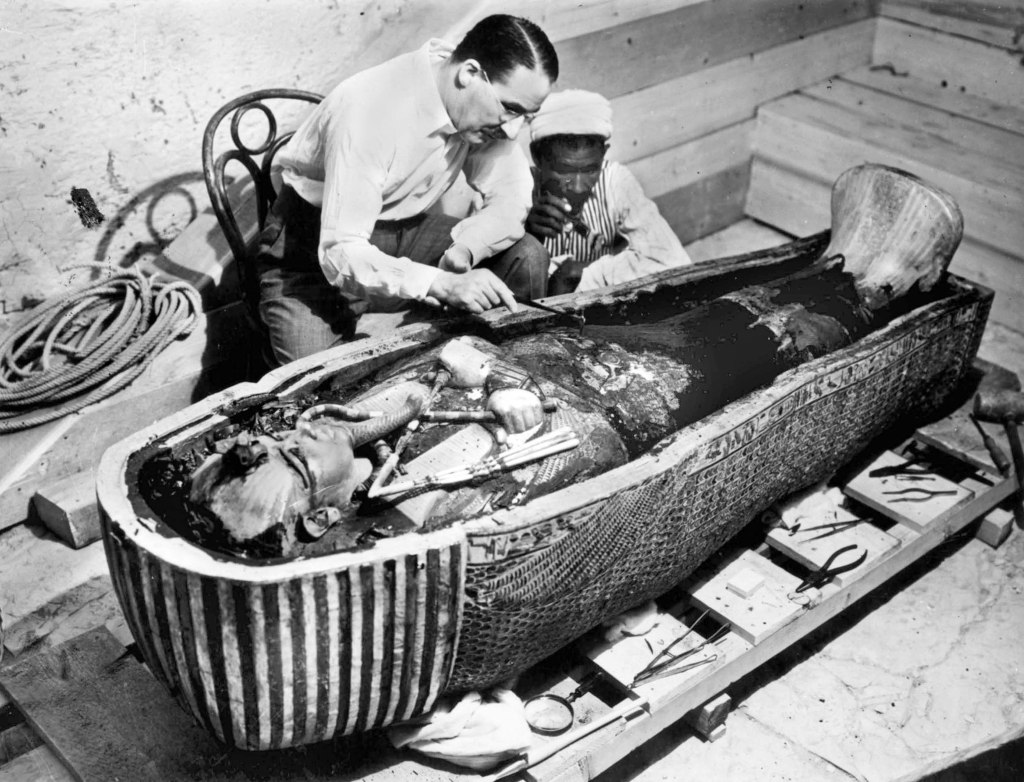Zahi Hawass reveals science behind curse of the pharaohs
A top archaeologist recently explained that the curse of the pharaohs — which had supposedly caused the demise of those who dared to disturb the ancient tombs — was actually a simple case of built-up germs.
Zahi Hawass, a former Egyptian minister of state of antiques affairs, recently told the US Sun the mythical curse does not exist while offering advice to modern archeologists on how to avoid a fatal fate.
The curse has long been believed to plague anyone who disturbs the mummified remains of an ancient Egyptian, including the men who have cracked open the tomb of Tutankhamun.
Among them was Lord Carnarvon, the financial backer of the Tutankhamun search, who died five months after opening the tomb in 1923 from an infected mosquito bite he cut while shaving.
Others included American financier George Jay Gould, who died of pneumonia after seeing the tomb in 1923, Sir Archibald Douglass Reid, who died after X-raying the mummy in London and American archaeologist James Henry Breasted, who died in 1935 from an infection after his final trip to Egypt in 1935, according to a 2022 Washington Post report.
British archaeologist Howard Carter died 17 years after the discovery of Hodgkin’s disease, though media at the time still fed into the curse frenzy, according to the newspaper.
Hawass insisted that there was a scientific reason behind the untimely deaths.
“When you have a mummy inside a tomb, this mummy has germs that you cannot see,” he told The Sun, adding. “Archaeologists in the past, they were in a hurry and they entered inside the tombs and they were hit by germs and they died.”
Hawass said he avoids a similar fate by leaving the room of a newly-opened tomb for 30 minutes to clear up the germs, citing a recent expedition.

“Only two weeks ago I found a sealed sarcophagus, 25 tonnes in weight about 60 feet under the ground,” he explained to The Sun. “The lid of the sarcophagus was about six tonnes. Two work men began to open it for me, to raise the lid, then I can put my head and see what’s inside.
“When they opened it I left it open for half an hour until the bad air would go out and the fresh air would go in and I put my head and nothing. That’s the curse of the pharaohs.”
When asked if the curse boiled down to ancient germs, Hawass replied, “Exactly.”
Hawass explained that when the discovery of Tutankhamun’s tomb was made, the exclusive rights were given to the London Times, leaving other reporters to let speculation run rampant.
“Then the rest of the reporters cannot write anything,” he said. “But when Lord Carnarvon died five months after the discovery, they created many stories about the curse that were not true.”
Read the full article Here


